Executive Summary
Development Pillars: Strategic alliances, railway expansion, immigration.
Cultural Growth: From Art Deco to contemporary scenes. 40 years of the iconic Miami Vice.
Miami Today: Capital of “Anglolatina” and an Epicenter of Innovation.
The First Steps: Julie Tuttle’s Vision
In the early 1890s, Miami was a nearly untouched expanse brimming with promise and potential. It was during this period that Julie Tuttle, a visionary pioneer, recognized the opportunity to transform the region. Known as the "Mother of Miami," Tuttle understood that the arrival of Henry Flagler’s railroad would serve as the catalyst for development. However, her vision could only materialize through collaboration with the influential families of the era, particularly the Brickells.ç
-
The Brickells, led by William Brickell and his wife, played a pivotal role by providing the necessary financial and logistical support to realize this ambitious vision. Together, Tuttle and the Brickells successfully persuaded Flagler that Miami had a luminous future. The construction of the railroad not only connected Miami to the rest of Florida but also opened the floodgates to immigration, commerce, and investment.
The Influence of Henry Flagler
Henry Flagler, a titan of the railroad and oil industries, was instrumental in Miami’s transformation. In 1896, under his direction, the railroad reached the city. This milestone not only marked Miami's official founding but also attracted settlers and entrepreneurs eager to seize the opportunities this emerging destination had to offer. The arrival of the railroad was a defining moment that laid the foundation for the city's exponential growth.
The Foundation of Miami: An Expanding Destination
On July 28, 1896, Miami was officially incorporated as a city, boasting a population of a mere 300 residents. In this small enclave interconnected by islands and bridges, the foundations were laid for what would become one of the world’s most iconic cities. The blend of cultural influences and the tropical climate lured visitors from all corners, establishing Miami as a sun-soaked paradise.
The Evolution of Miami Beach
In 1915, visionaries like Carl G. Fisher and John S. Collins spearheaded significant real estate development in Miami Beach, transforming the area into a sought-after tourist refuge. Throughout the 1920s and 1930s, Miami Beach emerged as a beacon of luxury and sophistication, characterized by opulent hotels and resorts lining its shores.
-
The Art Deco style flourished during this period, establishing Ocean Drive as an emblematic showcase of distinctive architecture. However, the Great Depression and World War II presented formidable challenges that tested the city’s resilience.
A Cultural Renaissance: Miami in the 80s and 90s
The 1980s heralded a cultural rebirth for Miami. The revitalization of historic buildings, coupled with a burgeoning artistic and musical scene, transformed the city's image. The television series "Miami Vice," which premiered in 1984, catapulted the city into international stardom, portraying it as a hub of glamour and sophistication. This representation attracted a new wave of visitors and residents, solidifying Miami's reputation as a cosmopolitan destination.
Miami Vice: 40 Years of Glamour and Diversity
In September 2024, we celebrate four decades of a series that not only defined an era but also redefined global perceptions of Miami. Originally aired from 1984 to 1989, Miami Vice became a cultural phenomenon that encapsulated the essence of the city and its intersection with Latin America. This article explores how this iconic series intertwines with Miami's history, its evolution as the capital of the anglolatin community, and its enduring legacy.
-
In the 1980s, Miami experienced a cultural renaissance that paralleled the revitalization of its architecture and an explosion in its artistic scene. It was in this context that Miami Vice emerged as an icon of style and sophistication, setting the standard for entertainment and fashion of the era.
The Essence of Miami Vice
Miami Vice transcended mere television; it became a cultural milestone that redefined audiovisual storytelling. With its innovative approach to blending fashion, music, and art, the series captured the quintessence of Miami's lifestyle in the 1980s. The show's visual narrative, propelled by a soundtrack featuring artists such as Phil Collins, established a benchmark for pop culture.
-
The protagonists, Sonny Crockett (Don Johnson) and Ricardo Tubbs (Philip Michael Thomas), were not only detectives; they were ambassadors of a lifestyle that celebrated diversity, luxury, and the vibrant culture of Miami. The series' aesthetic, marked by neon colors, dreamlike landscapes, and dazzling fashion, left an indelible mark on the visual culture of the time.
The Cultural Impact of Miami Vice
The influence of Miami Vice extends far beyond the realm of television. Its style and narrative have permeated music, film, and fashion. Utilizing principles of neuromarketing, the series resonated deeply with its audience, appealing to emotions and aspirations. The art of storytelling became a powerful tool to connect with viewers, creating a lasting impact that is still felt today.
-
In the contemporary context, Miami has solidified its status as a cultural and economic epicenter, attracting investors and tourists from across the globe. The city has evolved into a vibrant ecosystem that fuses art, gastronomy, and entertainment, serving as a bridge between the United States and Latin America.
Miami Vice and the Legacy of a City
Celebrating the 40th anniversary of Miami Vice is not merely an homage to the series; it's a reflection on the journey Miami has undertaken. From its humble beginnings to its emergence as the capital of the anglolatin community, the city has demonstrated itself as a realm of opportunities and transformation.
-
Today, Miami stands as a melting pot of cultures, where diversity is celebrated in every corner. The fusion of cultural influences and relentless innovation has allowed the city to maintain its relevance on the global stage.
As the team at Infonegocios Miami, we honor this rich history and the profound impact of Miami Vice. The series was not just a product of its time; it established a legacy that continues to inspire new generations.
Sign Up for Free: Register and receive our newsletter by simply leaving your email and name here. (https://infonegocios.miami/suscribite-al-newsletter)
IG: @infonegociosmiami
Infonegocios RED: 4.5 million Anglophone Latinos reading business news daily.
Contacts: [email protected] or [email protected]
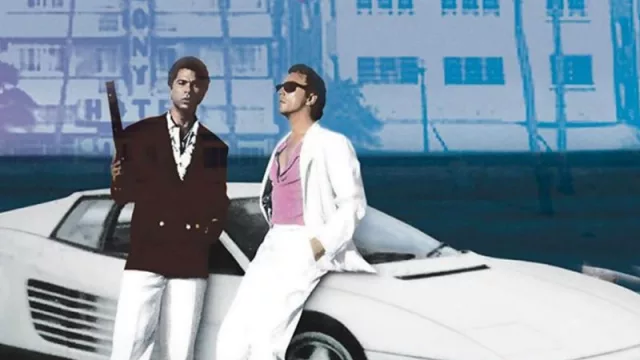
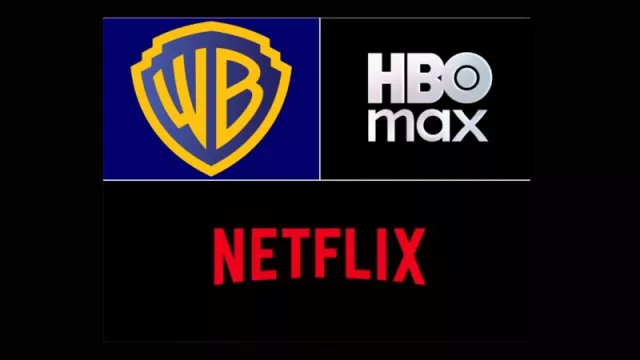
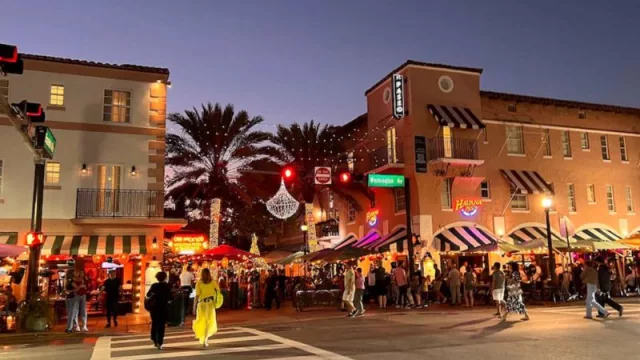


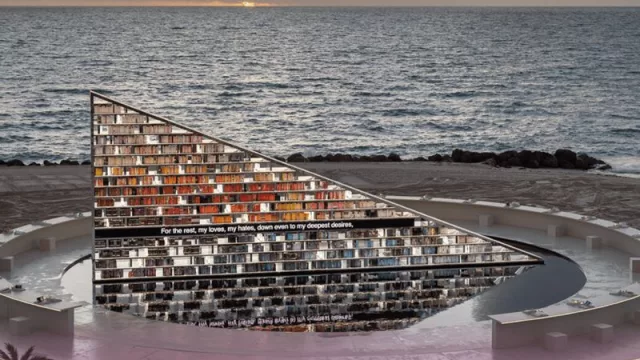
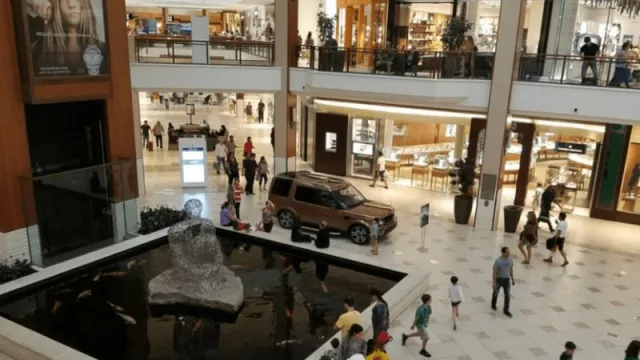


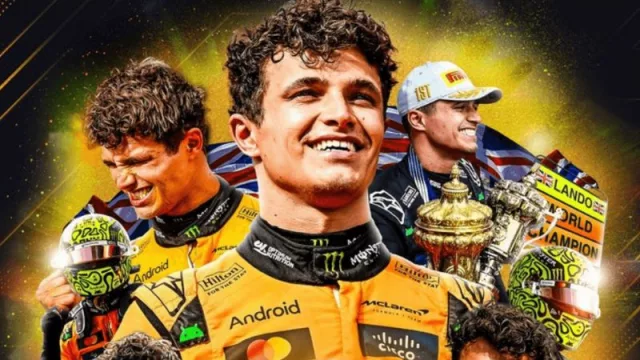
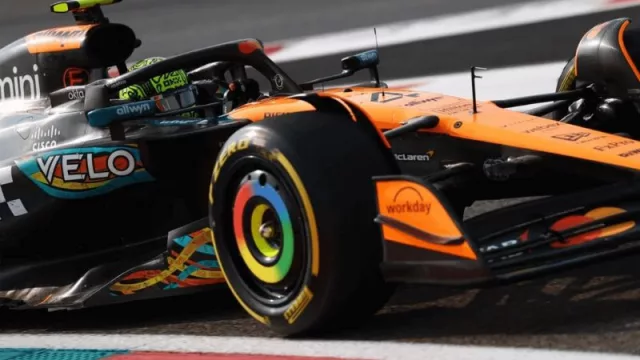

Tu opinión enriquece este artículo: